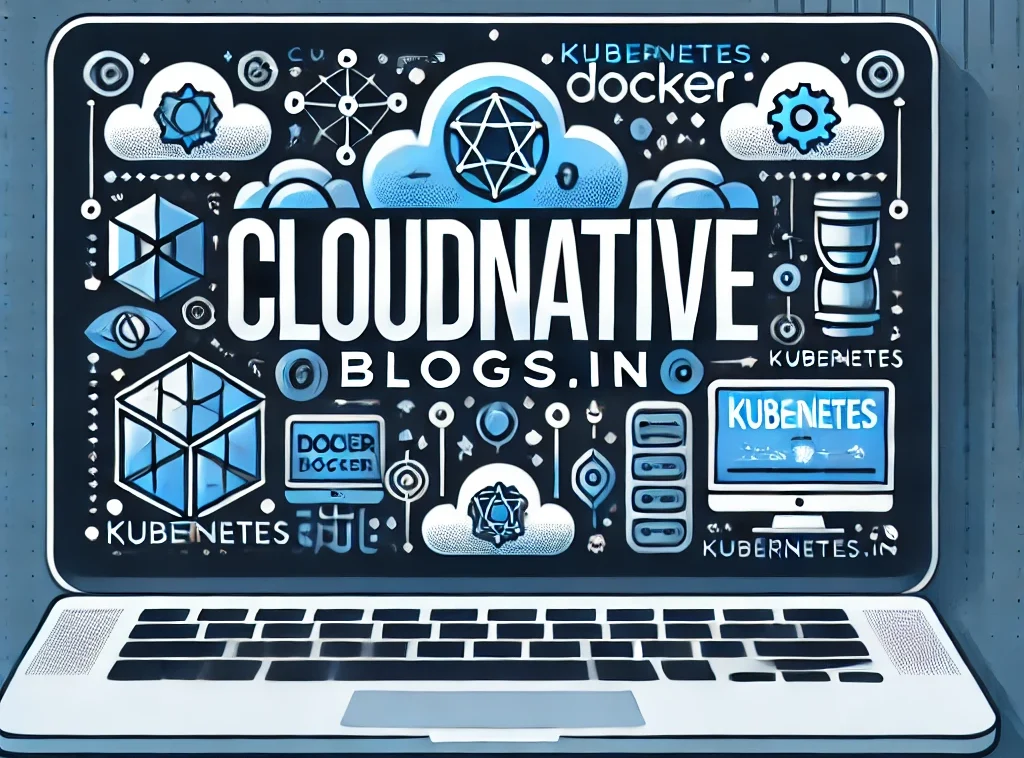
In the rapidly evolving world of artificial intelligence (AI) and machine learning, deep learning has emerged as a transformative force across numerous industries, driving innovation and enhancing capabilities in ways previously unimaginable. One of the critical enablers of this rapid advancement is the use of Graphics Processing Units (GPUs), which are increasingly seen as indispensable for deep learning due to their ability to significantly accelerate processing times compared to Central Processing Units (CPUs).
Understanding Deep Learning and Its Computational Demands
Deep learning, a subset of machine learning, involves the training of artificial neural networks on large sets of data to enable them to make decisions and predictions, mimicking human-like intelligence. These models, particularly those involved in image recognition, natural language processing, and video analysis, are highly data-intensive and computationally demanding.
Training deep learning models typically involves handling vast quantities of data and performing complex mathematical computations, which can be incredibly time-consuming with traditional CPUs. Here lies the strength of GPUs, which are designed to handle parallel tasks and manage several computations simultaneously, drastically reducing processing times and making them ideal for deep learning tasks.
Key Applications of GPUs in Deep Learning
- Image and Video Recognition: GPUs are pivotal in training deep learning models for tasks such as facial recognition, automated video tagging, and real-time video analysis. Their ability to process multiple computations simultaneously allows them to handle the high-resolution, high-volume data characteristic of video and image processing tasks efficiently.
- Natural Language Processing (NLP): In NLP, GPUs accelerate the training of models for applications like translation services, sentiment analysis, and chatbots. The parallel processing capabilities of GPUs make them well-suited for the matrix operations typical in NLP, enhancing the speed and efficiency of language model training.
- Autonomous Vehicles: Deep learning plays a crucial role in the development of autonomous driving technology, where real-time processing is vital. GPUs facilitate the rapid processing of inputs from various sensors and cameras, enabling quick decision-making that is critical for safe autonomous navigation.
- Healthcare: In medical imaging, deep learning models trained with GPUs are used for more accurate and faster diagnosis. GPUs help manage and process the large datasets of medical images, such as CT scans and MRIs, enhancing the capabilities of AI-driven diagnostic tools.
- Financial Services: Deep learning models assist in fraud detection, algorithmic trading, and risk management. GPUs accelerate these computationally intense applications, allowing for faster processing of complex mathematical models that analyze large volumes of transaction data in real time.
Comparing GPUs and CPUs in Deep Learning
The architecture of a GPU is inherently different from that of a CPU. A CPU consists of a few cores optimized for sequential serial processing, whereas a GPU has thousands of smaller, more efficient cores designed for handling multiple tasks simultaneously. This architectural difference makes GPUs particularly well-suited for the parallel processing required in deep learning.
While CPUs are capable of handling deep learning models, the speed and efficiency provided by GPUs are unmatched, especially for larger, more complex models. For example, training a neural network on a CPU might take weeks, but the same process could be completed in just a few days with a GPU, showcasing the significant acceleration that GPUs provide.
The Future of GPUs in Deep Learning
As deep learning models become more sophisticated and datasets grow larger, the demand for faster and more efficient computational resources will continue to rise. GPUs are expected to evolve, offering even greater processing power and efficiency, which will further enhance their suitability for deep learning applications.
Conclusion
The integration of GPUs into deep learning development is not just a technical enhancement; it is a necessity for anyone looking to explore the full potential of AI technologies. By dramatically reducing the time required to train deep learning models, GPUs enable more iterative, experimental approaches and significantly speed up the pace of AI research and applications.
The use of GPUs in deep learning not only enhances computational efficiency but also broadens the possibilities for innovation across various fields, making it an exciting area for ongoing research and development.

Useful knowledge, Cheers.
casino en ligne francais
Thanks! Numerous stuff!
casino en ligne francais
Helpful postings Kudos.
casino en ligne
Amazing postings. Cheers.
meilleur casino en ligne
Thank you, Valuable stuff!
casino en ligne
Great stuff, Cheers.
casino en ligne fiable
Beneficial write ups, Cheers!
casino en ligne fiable
You actually revealed this superbly.
casino en ligne
You’ve made your stand extremely well!.
casino en ligne
Whoa many of great advice.
casino en ligne
Tham gia cộng đồng game thủ tại Go88 để trải nghiệm các trò chơi bài, poker phổ biến nhất hiện nay.